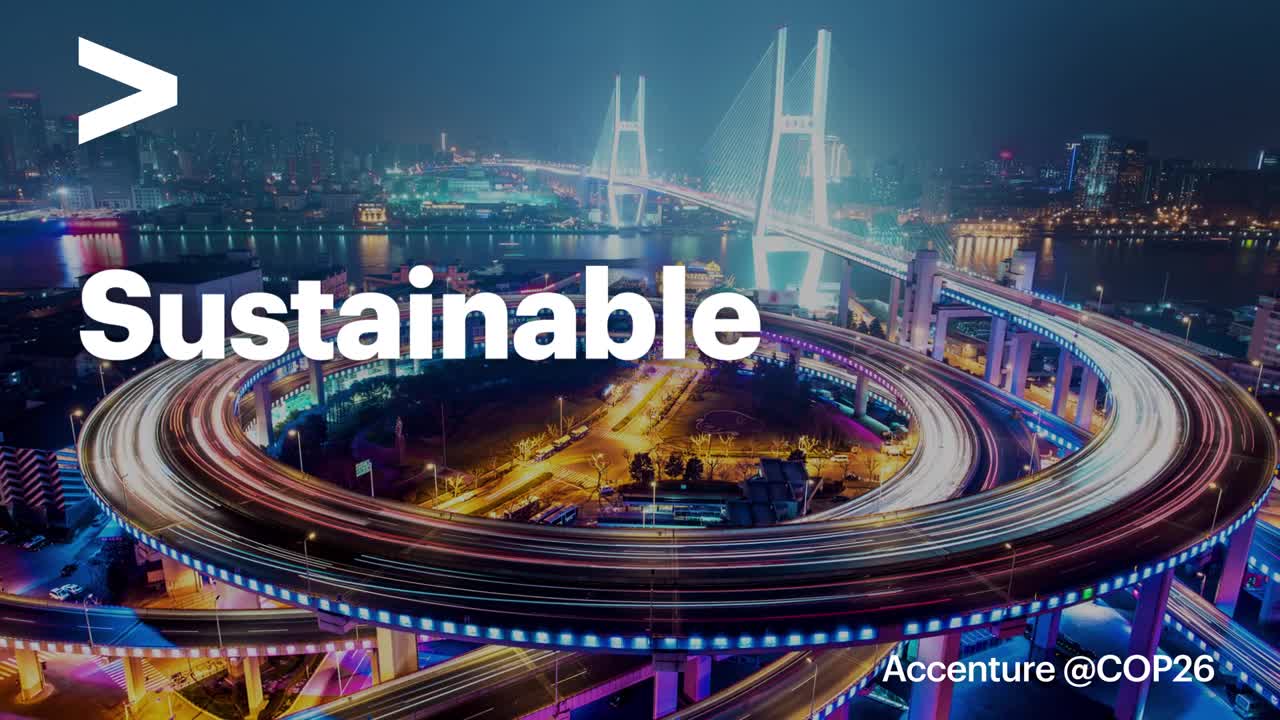Blog
What the world needs now… sustainable supply chains
5-MINUTE READ
September 13, 2022
Blog
5-MINUTE READ
September 13, 2022
The world certainly faces a lot of challenges right now. But there are also plenty of opportunities to create positive change that benefits both society and the planet. The supply chain can play an instrumental role in driving such change, given how intertwined it is with some of today’s most pressing environmental issues.

Indeed, the supply chain is the biggest contributor to the climate change problem:
• Supply chains generate 60% of global emissions.
• Supply chains of eight industries account for 50%: Food, Construction, Fast-Moving Consumer Goods (FMCG), Fashion, Electronics, Automotive, Professional Services, and Freight
• Supply chains hold 5.5 times more carbon intensity than the rest of the business
But I prefer to see the situation more positively. These figures, while alarming, also mean the supply chain has many opportunities to make things better. To take advantage of these opportunities, business leaders first must recognize the challenges they face. Our research shows they do. Our survey of CEOs done in conjunction with the United Nations Global Compact (UNGC) made it clear the supply chain is a major CEO topic when it comes to climate change.
49%
of CEOs globally report they are dealing with supply chain disruption due to extreme weather events
26%
of CEOs globally say supply chain disruptions are a top-three major risk to their business or industry shifting to a low-carbon economy
50%
of CEOs in the food and beverage industry are concerned about their ability to access natural resources for business operations due to extreme weather
The fact is, more than ever, the supply chain is the key to winning the battle against climate change. If companies build sustainable supply chains—embedding environmental, societal, and governance (ESG) concerns at every step of the way—they can make their supply chain operations not just future ready, but also a powerful force for good. How can they do this? They should focus on three key priorities.
We have to start by getting to carbon net zero. A big part of that is addressing scope 3 emissions. On average, scope 3 emissions—indirect emissions from upstream and downstream of a company’s operations—are 11.4 times greater than scope 1 and 2 combined. And supply chain operations often make up a significant majority of these emissions. For example, electronics companies can expect scope 3 emissions to account for 77% of overall emissions. For FMCG companies, it’s 90%. If supply chains can address scope 3 emissions in a substantial and lasting way, they’ll create massive change across the globe.
But we also have to think beyond net zero. We can’t just stop activities that have negative consequences. Instead, we need to increase positive contributions at each step of the value chain. Microsoft, for example, committed to remove more carbon than it emits by 2030. And by 2050, Microsoft promises to remove all the carbon it has emitted directly or through electricity use since it was founded in 1975. That’s a truly incredible impact.
One of the biggest ways companies can become more sustainable is by adopting circular principles and business models. This means thinking beyond making products in traditional ways for a single use. It’s better for the planet and also leads to greater profitability and growth.
What do circular business models look like in action? Elvis & Kresse, for example, turns recycled firehoses into ethically handmade luxury bags. Or consider a life sciences company we worked with that began collecting injectable medicine devices after use, saving 15 billion of them from landfills.
Digital technologies are helping us design these programs, run them, and improve them over time. This makes circularity at scale increasingly achievable for virtually any type of business.
That leads us to our third priority: earning stakeholder trust. Trust is more than simple risk management for social incidents. Using digital technology, including supply chain analytics, you can actually measure trust with stakeholders. We often partner with Arabesque to do just that. Arabesque’s platform combines AI and ESG data to assess companies’ sustainability. The result? Transparency and a greater understanding of key stakeholder trust.
The societal aspects of trust are important, especially because you can lose trust in a split second. Digital can help by allowing companies to see and prevent negative incidents before they happen. For example, our human rights risk assessment tool helps companies collect and analyze a wide range of relevant data to identify a higher risk of child labor within a multi-tier supply network. Companies can then take steps to address the suppliers involved.
In an uncertain world, as we look ahead to what the future brings, one thing is for certain: every company has the potential to build a more sustainable supply chain. And the preceding three priorities are a great place to start. At Accenture, we’re excited to be playing our part in creating enduring change by reimagining tomorrow’s supply networks to positively impact business, society and the planet. Won’t you join us?